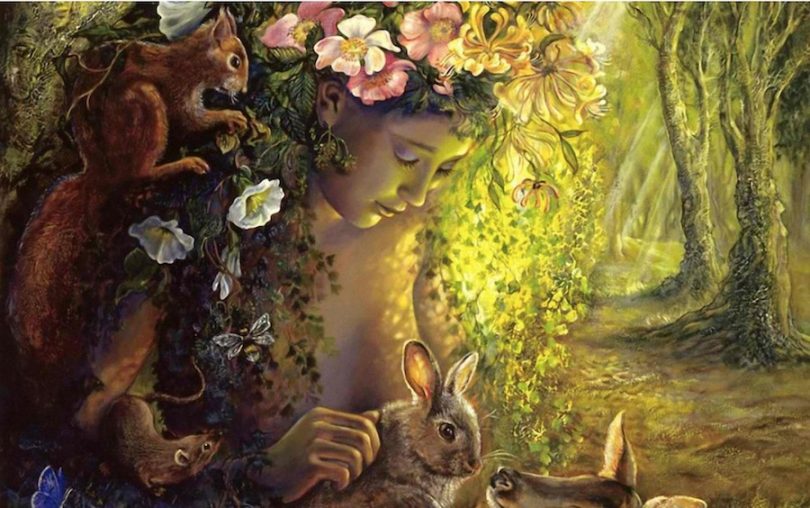

Ostara is celebrated between March 19th - 22nd, marking the beginning of Spring (Spring Equinox).
Ostara is a Pagan Sabbat; a festival honouring the rebirth of Earth, the warmth of Spring, and the light of the Sun. Ostara is a time to celebrate new life and growth, light overtaking darkness, and new beginnings; a time of balance and rebirth. Ostara is or is closely connected with Easter and the celebrations at Easter-time. This holiday is the second of three spring celebrations in Druidry (the midpoint between Imbolc and Beltane), during which light and darkness are again in balance.
The name of Ostara is an Old High German reconstruction of the Olde English "Ēostre", who is an Anglo-Saxon goddess. It is suggested that Ostara or Ēostre is referenced as the goddess of dawn/spring. The festival was originally celebrated throughout Europe, including the Celts, Saxons, and Norse. Pagan Anglo-Saxons held feasts in Ēostre's honour.
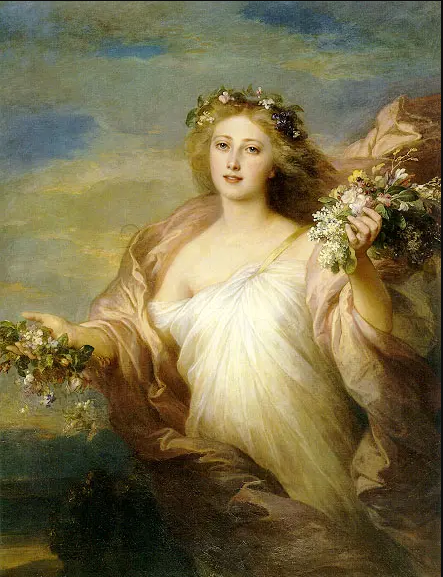
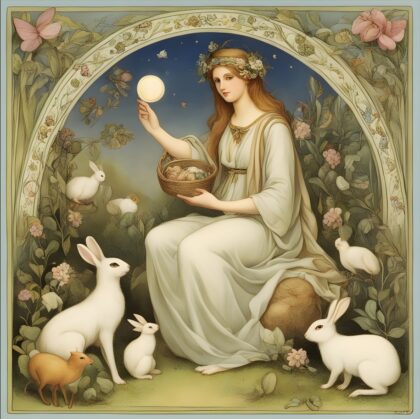
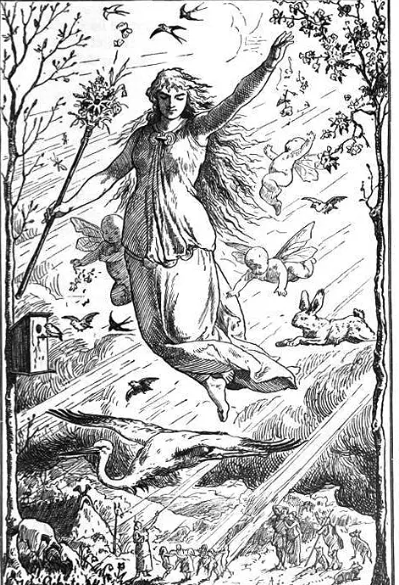
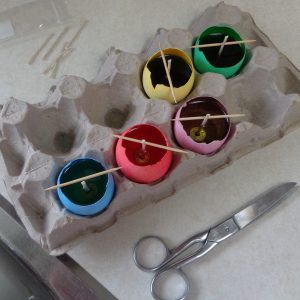
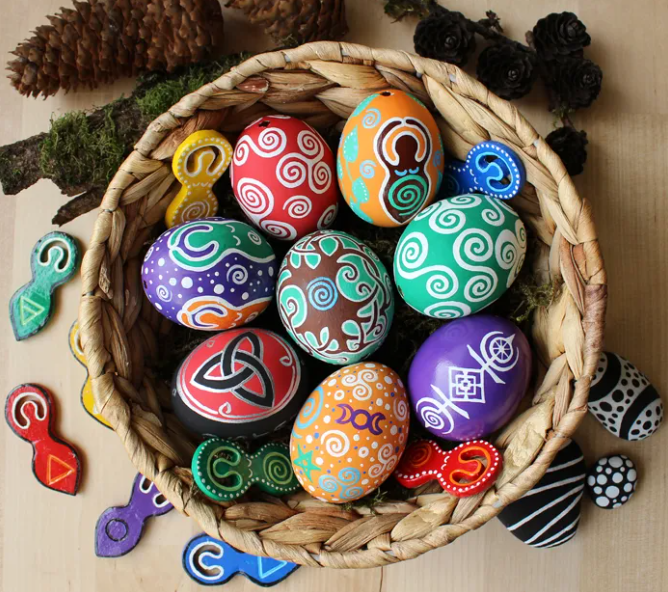
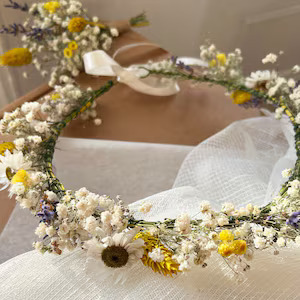
- Decorating Eggs
- Planting Seeds
- Meditating on Balance and Practicing Yoga
- Begin to Actualise your Intentions for the coming year
- Creating an Ostara Altar
- Seeking signs of the Spring
- Take a Sunrise Walk
- Making a Flower Crown of Dandelions and Daisies
- Ritual welcoming Ēostre
- Make a Ostara Goddess Figure
- Crafting Seedlings or Candles from Egg Shells or in Egg Cartons
- Spring CLeaning
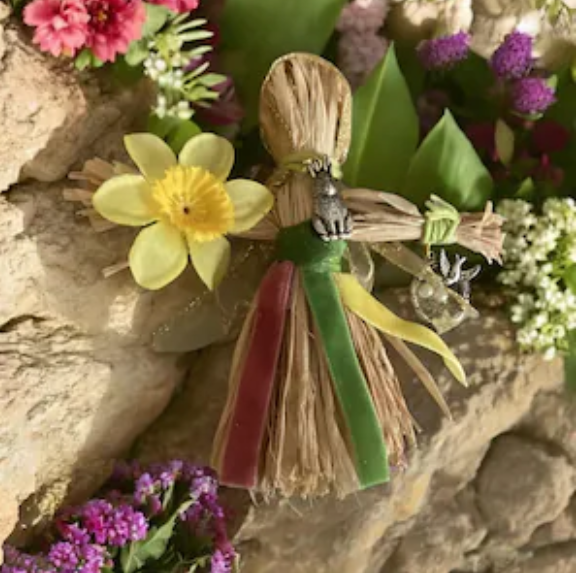
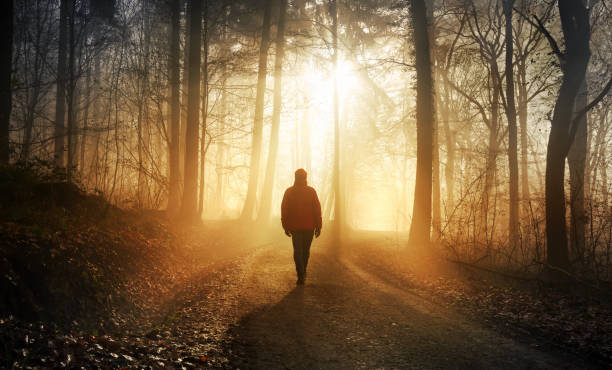
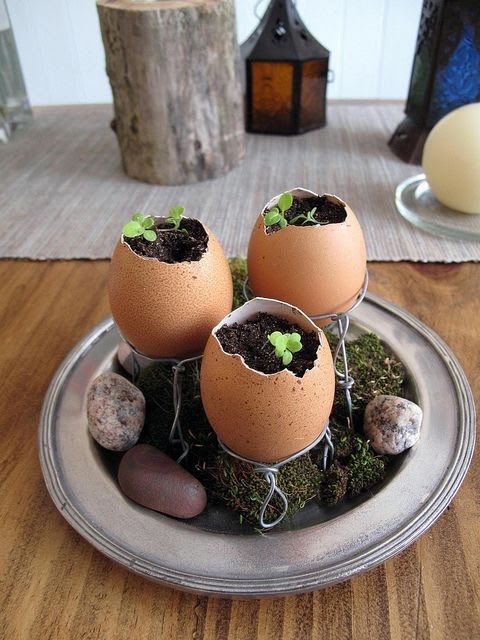
Intentions: New Beginnings, Fertility, Rebirth, Renewal, Creation, Balance of Light
Herbs: Basil, Mint, Rosemary, Thyme, Nettle, Lemon Balm, Chervil
Crystals: Amethyst, Aqumarine, Quartz, Moonstone, Sunstone, Peridot, Kyanite
Plants: Daffodil, Honeysuckle, Hyacinth, Iris, Bluebells, Crocuses, Dandelions
Colours: Yellow and Pastel Colours
Incense: Jasmine, Lavendar, Rose, Lily of the Valley
Foods and Drinks: Eggs, Hare, Sprouts, Asparagus, Peas, Spinach, Dairy, Bread, Cakes, Wine
Gods and Deities:Ēostre, Aphrodite, Gaia, Vesna, Vasara, Freyja, Ishtar